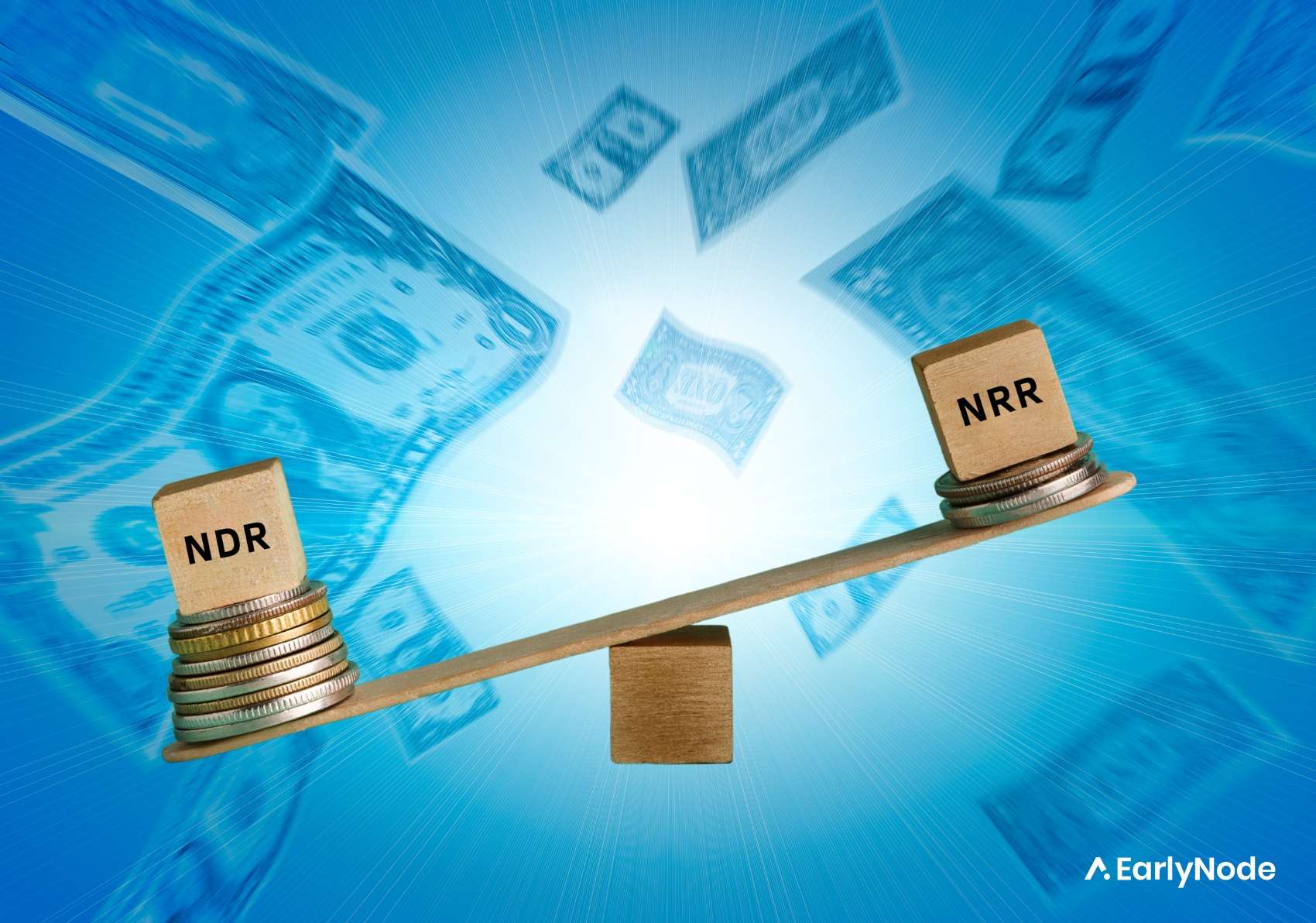What is Behavioral Product Management (BPM)?

Like most SaaS owners, you probably think of product management as simply coming up with new products and features and then releasing them on the App Store, Play Store, or your website. But there’s a lot more to it. One of the most critical aspects of product management is understanding consumer behavior. It’s through a process called behavioral product management.
What is Behavioral Product Management?
Behavioral product management is the process of using consumer behavior data to guide product development and marketing efforts. In other words, it applies psychology to the design of a product. It’s all about understanding why consumers make their decisions and using that knowledge to influence their behavior.
When Product managers and UI/UX folks are aware of what consumers experience when they use their products and make decisions, they can develop products to be more appealing to their customers.
Why you need Behavioral Product Management
BPM is essential for any business that wants to be successful in today’s highly competitive marketplace. You’re at a severe disadvantage if you’re not using behavioral insights to guide your product development and marketing efforts.
There are several other reasons why your business needs behavioral product management:
1. To Develop Better Products
2. To Create More Effective Marketing Campaigns
3. To Increase Sales with better sales strategies.
4. To Improve Customer Retention
5. To Gain A Competitive Advantage
6. To Make Better Business Decisions
7. To Boost Profitability
As a Product Manager, you can use BPM to find valuable insight into your customer’s expectations, pain points, and needs. And, because it’s data-driven, it can help you make informed decisions about improving your product rather than relying on hunches or guesswork.
How Does Behavioral Product Management Work?
All PMs want to build successful products based on their users’ needs and pain points. However, behavioral PMs know that the standard way to get this kind of info – through customer comments – isn’t always accurate. Because we’re emotional beings. We hardly understand why we do the things we do. Our opinions and tastes can change like the weather.
Behavioral PMs are aware of these shortcomings of human beings. So instead of leaning heavily on user feedback, they take a proactive approach: using psychology to lead and transform their users’ behavior. They combine product management techniques and behavioral science to create products that are more satisfying to users. BPM can influence everything from the onboarding experience to the product’s overall usability.
Also: Check out the AARRR framework that uses relevant metrics to measure the product management success.
Examples of Behavioral Product Management
Psychological pricing
Do you ever wonder why certain items are priced the way they are? It’s because psychological pricing influences what consumers are willing to pay. It involves using prices that end in particular digits (like $9.99 or $19.95) to make products appear more affordable.
Studies have indicated that this can be an effective way to increase sales, as consumers tend to focus on the left-most digits when making decisions about price. So next time you’re scanning the pricing page of your favorite tool, take a moment to see if you can spot any examples of psychological pricing in play.
Automated sign-ins
People don’t like repetitive activities that tend to be boring. Product managers use this fact to make their software more appealing to customers. For example, some apps have the option to “keep logged in.” This means that the software removes the stress of having to log in each time and allows the user to get started immediately.
Simplifying user experience
People can also be overwhelmed by too many options. Behavioral suggests limiting alternatives available to the user on your interface. For example: Create a minimized toolbar on your home page and only make the most common tasks accessible. This improves the UX. It helps the user feel comfortable and relaxed using your app.
Conclusion
As you can see, there are many reasons why your business needs behavioral product management. If you want to be successful in today’s marketplace, it’s essential that you use the data from psychological behavior to guide your product development and marketing efforts.




